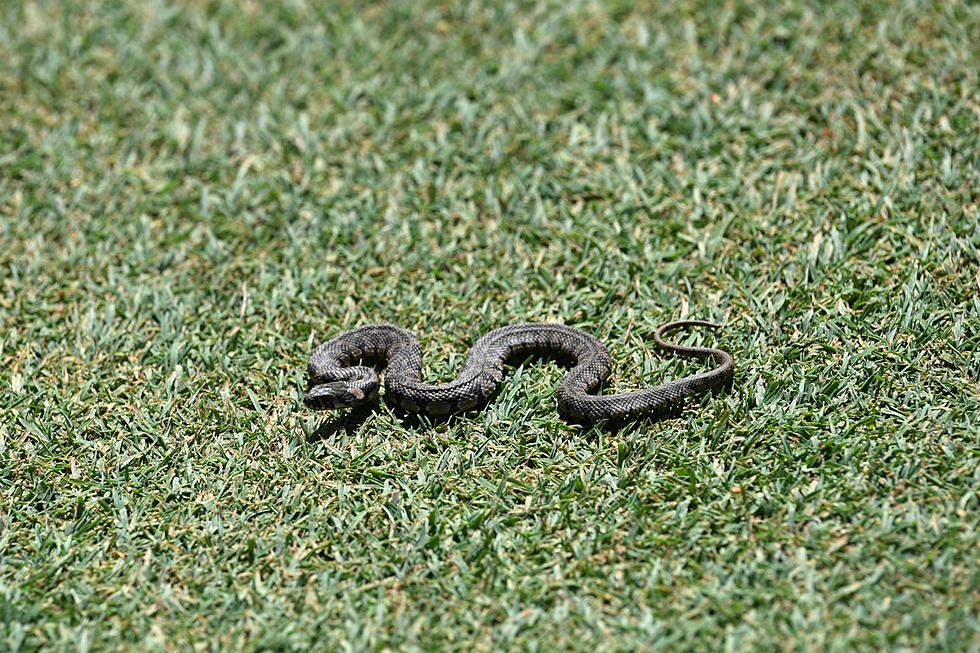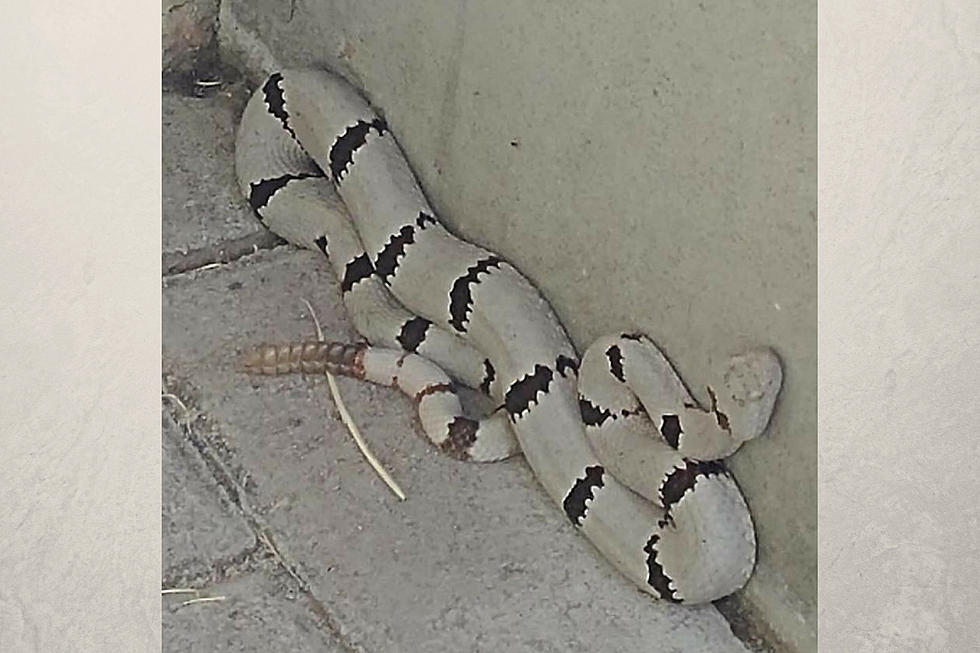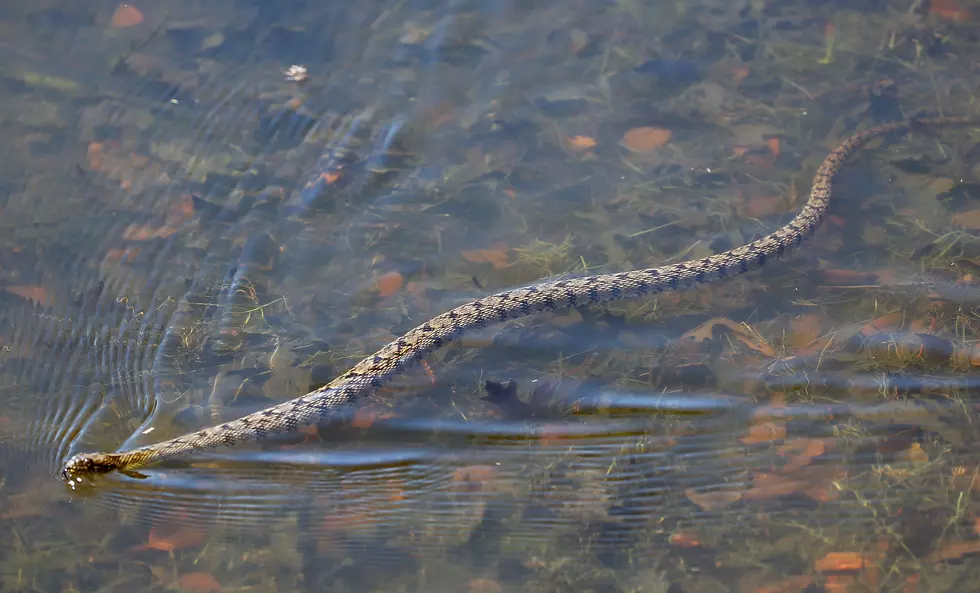
Snake Bites are Up in Texas
Careful out there - snakes are watching and waiting for you. I'm kidding, kinda.
According to a report from Maria Aguilera at KCEN, the Texas Poison Center Network has reported that snake bites are up 54% in Texas, so it's worth reminding people of a few things regarding snakes.
Out of the 76 different snake species here in Texas, there are only a handful that are venomous. Rachel Richter, an urban wildlife biologist with Texas Parks and Wildlife, says, "There's four different basic types of venomous snakes that you might see in Central Texas, so the coral snake, the copperhead, the cotton mouth and then rattle snakes.”
It's not uncommon to see snakes during the warm summer months, usually in the cooler parts of the day like in the morning or evening hours, you know, when you're out walking the dog or just getting some fresh air. You should pay attention to your surroundings. Snakes are afraid of people so they don't actively hunt you down.
The Texas health and Human Services, reports that about 7,000 people are bitten by venomous snakes in the U.S. each year but less than 1 percent of snake bites results in death.
So what do you do if you are bitten? First, stay calm, second, remove any tight fitting clothing or accessories like a watch or other jewelry, and seek medical attention immediately.
Texas Parks & Wildlife's website has a ton of information about snakes found in Texas, including how to identify them. There's also plenty of information and photos at the appropriately named SnakeIdentifier.net.
Believe it or not, we deal with snakes a lot in radio. Have you ever been a transmitter site? They're usually in the middle of nowhere with plenty of tall grass and trees around. It can make going to those sites to fix problems a little more dangerous, especially at night.
The CDC has some tips on how to avoid snakes. We practice these.
The first one is, obviously, don't handle any snakes, even if they appear to be dead. Just stay away from 'em. Common sense.
Stay away from tall grass and piles of leaves as much as possible, and avoiding climbing rocks or piles of wood where snakes might hang out.
If you can't avoid tall grass, leaf piles, etc. wear some thick gloves, preferably leather. We usually take a shove or something we can use to poke around or scare off any critters as we make a path to our transmitter.
Wear boots and long pants if you're going to be out working in places snakes are likely to be.
Interestingly, snakes are most active at dawn and dusk during warm months, so keep that mind.
Just play it safe and be smart out there, and if you get bit, call 9-1-1 or get to an emergency room ASAP.

KEEP READING: Here are 6 foods from your cookout that could harm your dog
More From KLTD-FM









